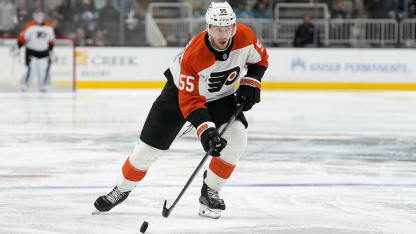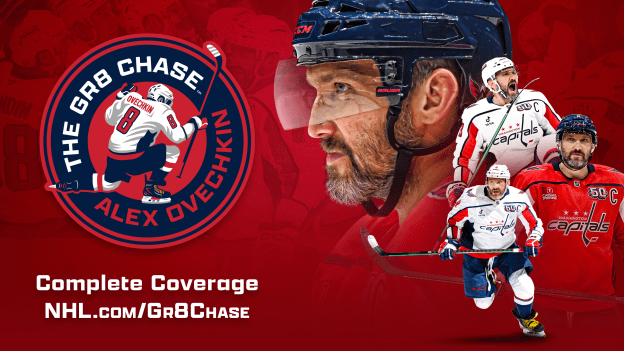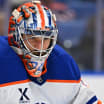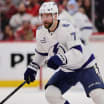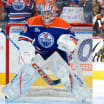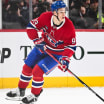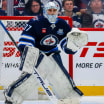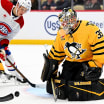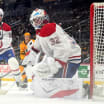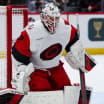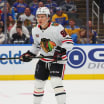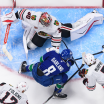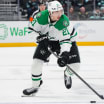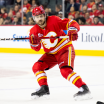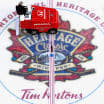What is Rasmus Ristolainen's trade value and what teams will be interested? -- @MattEdwardsPR
Ristolainen is an interesting one because the Philadelphia Flyers defenseman is not a pending unrestricted free agent, but he could be available in a trade. The Flyers are likely going to be sellers again ahead of the 2025 NHL Trade Deadline on March 7, but moving Ristolainen would require a more significant return because he's signed for two more seasons beyond this one with a $5.1 million average annual value. They should be looking at a young player with some NHL games on his resume or an intriguing prospect in return because of the value Ristolainen has remaining on his deal. He's 30 years old and is a physical, reliable defender who is strong on the penalty kill and can quarterback a power-play unit. Ristolainen could easily play 18-20 minutes per game for a contender in a second- or third-pair role. Flyers coach John Tortorella talked about him Monday, saying he's using his legs more to escape pressure and not as focused on trying to make a big hit. It's helped his game and is a reason why he's become even more valuable to the Flyers.
The Dallas Stars are a team that should have interest. They're short on right shot defensemen. Ristolainen fills that need. The Stars are a Stanley Cup contender, so they want to fill out their depth. They plan to remain a Cup contender for several years and Ristolainen can be a part of that. If they can sweeten the deal to get the Flyers to retain some salary, that would be even better.
Lian Bichsel, Dallas' 6-foot-7, 231-pound left-shot defenseman, is exactly the type of player the Flyers should be targeting. He's 20 years old and a first-round pick (No. 18) in the 2022 NHL Draft. He has a future in the NHL, but the Stars are loaded on the left side with Miro Heiskanen, Esa Lindell and Thomas Harley locked in. Would they be interested in trading Bischel, who has two goals in eight NHL games this season, in a deal that lands them Ristolainen? They might not be, but that's the type of player and trade the Flyers should be targeting.
